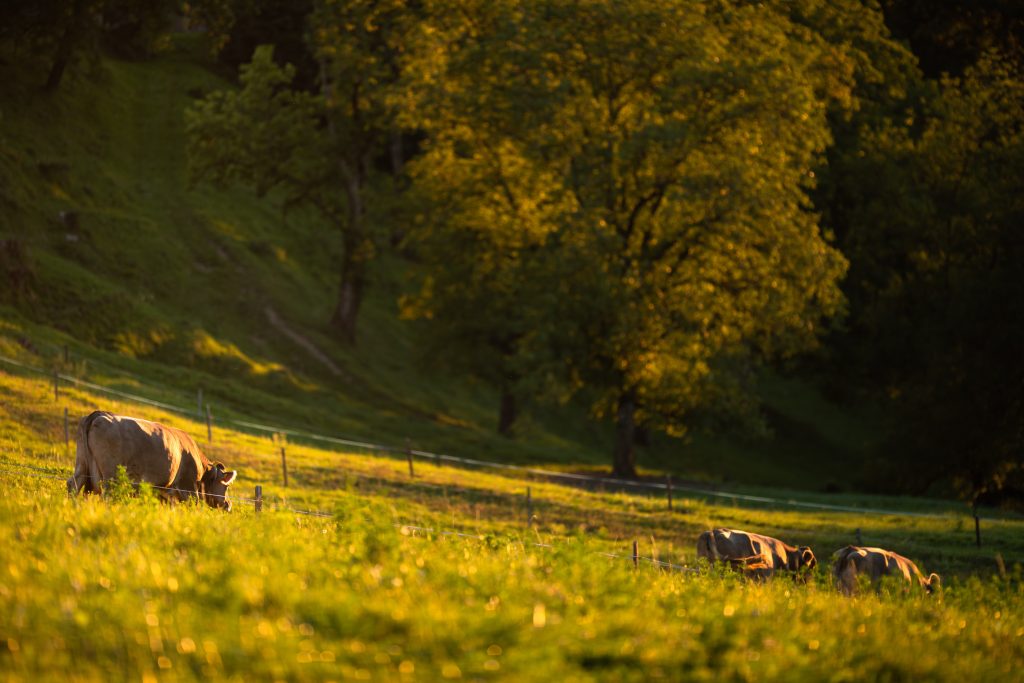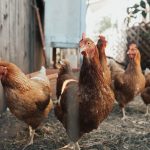Chesapeake Bay states have until 2025 to implement practices to reduce watershed pollution, and a new report shows “climate-smart” farming can help prevent farm runoff.
In the Chesapeake Bay Clean Water Blueprint, roughly 80% of the remaining pollution reduction must come from agriculture – and Pennsylvania is farthest behind among the Bay states. The Chesapeake Bay Foundation report said implementing regenerative farming practices, from rotational grazing to planting forest buffers along streams, can reduce animal waste and soil erosion.
Bill Chain, the foundation’s senior agriculture program manager, said Pennsylvania has a lot of farm conservation work to do.
“Farmers are ready to adopt conservation practices, but need funding,” he said. “Both the state and federal conservation funding fall woefully short of what’s necessary to make that investment with family farms in improving water quality.”
He said one step the state could take is to establish an Agricultural Conservation Assistance Program, which would fund best-management practices such as planting streamside trees and cover crops.
The report included real-life examples of farms that have converted to rotational grazing, including Blue Mountain View Farm in Lebanon County. Research has shown that nitrogen, phosphorus and sediment pollution in local waterways decreased significantly after the farm made the switch.
Beth McGee, the foundation’s director of science and agricultural policy, said these steps can have economic benefits for farmers, too.
“Adoption of these practices can also reduce the use of fertilizer,” she said. “If we put less nitrogen on the ground, either in the form of manure or synthetic fertilizer, we will reduce the amount of nitrous oxide that is produced – and nitrous oxide is a very potent greenhouse gas.”
The report said Pennsylvania needs an estimated $3 billion in agricultural funding to meet the 2025 Blueprint requirements.




